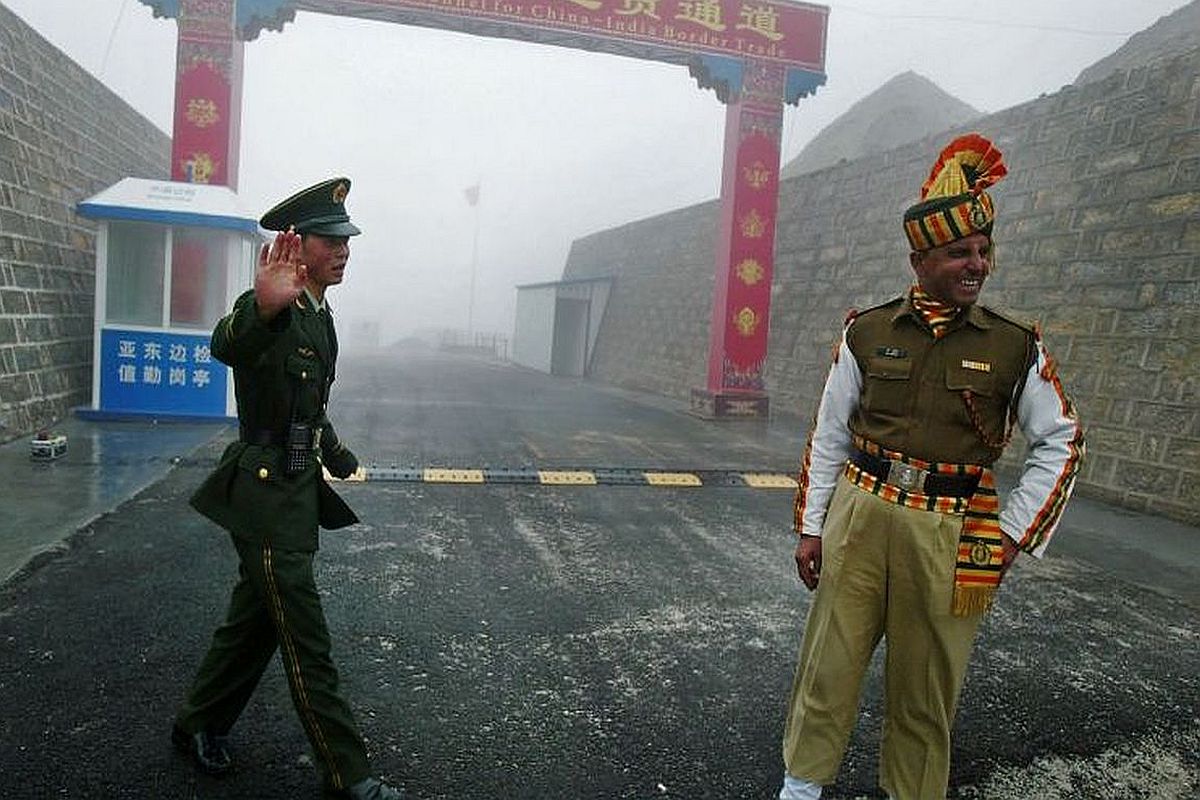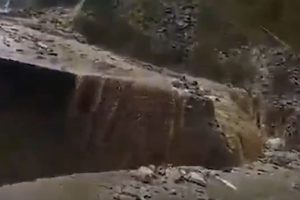Amidst diplomatic engagements to resolve the border standoff between India and China, the armies of both the countries have reportedly disengaged on the ground at multiple locations in eastern Ladakh.
This comes as more military-level talks are scheduled to be held in the coming days at multiple locations including Patrolling point 14 (Galwan area), Patrolling point 15 and Hot Springs area, an ANI report said.
As a result, the Chinese army has pulled back its troops from Galwan valley, Patrolling point 15 and Hot Springs by 2 to 2.5 kilometres.
India has also reciprocated by moving back some of its troops.
Amid efforts to resolve the ongoing dispute in eastern Ladakh, members of the Indian military team are in Chushul preparing for talks with China which are likely to be held in the next few days.
On 6 June, 14 Corps Commander Lt Gen Harinder Singh held talks with Maj Gen Liu Lin — commander of South Xinjiang Military Region of Chinese People’s Liberation Army — in Moldo in China opposite Chushul in Ladakh sector.
Following the meeting, India’s Ministry of External Affairs on Sunday said that India and China have agreed to “peacefully resolve” impasse between the two military forces in eastern Ladakh region along the Line of Actual Control (LAC), in accordance with various bilateral agreements.
The Foreign Ministry emphasised that military and diplomatic dialogue will continue to resolve the situation between the two countries.
“The two sides will continue the military and diplomatic engagements to resolve the situation and to ensure peace and tranquility in the border areas,” the ministry said in a statement.
“Both sides agreed to peacefully resolve the situation in the border areas in accordance with various bilateral agreements and keeping in view the agreement between the leaders that peace and tranquility in the India-China border regions is essential for the overall development of bilateral relations,” the MEA said.
It (meeting) took place in a “cordial and positive atmosphere”, the ministry added.
China on Monday said the militaries of both the countries agreed to implement the consensus reached between Prime Minister Narendra Modi and President Xi Jinping not to allow differences to become disputes.
China’s Foreign Ministry spokesperson Hua Chunying said, “Recently, diplomatic and military channels of the two sides have maintained close communications on the situation along the border. One consensus is that the two sides need to implement the two leaders’ consensus and make sure that differences do not escalate into disputes.”
“So, the situation overall is stable and controllable and the two sides are ready to engage in consultation to properly solve the relevant issues,” she added.
The Chinese foreign ministry had stressed that military and diplomatic dialogue will continue to resolve the prevailing situation in eastern Ladakh.
Saturday’s meeting took place after around 12 rounds of talks between local commanders of the two armies and three rounds of discussions at the level of major general-rank officials could not produce any tangible outcome.
Days before the military-level talks, China had reportedly made a slight retreat at Galwan Valley, one of the flashpoint leading to standoff with India, in Ladakh.
The China’s People’s Liberation Army moved back two kilometres while the Indian Army has moved back by one kilometre.
The nearly 3,500-km-long LAC is the de-facto border between the two countries.
Indian and Chinese troops have remained engaged in an eyeball-to-eyeball situation in several areas along the LAC in eastern Ladakh, signalling that the standoff could become the biggest military face-off after the Doklam crisis in 2017.
The trigger for the face-off was China’s stiff opposition to India laying a key road in the Finger area around the Pangong Tso Lake besides construction of another road connecting the Darbuk-Shayok-Daulat Beg Oldie road in Galwan Valley.
Meanwhile, both the countries have made its clear that the issue does not require a third-party intervention.











